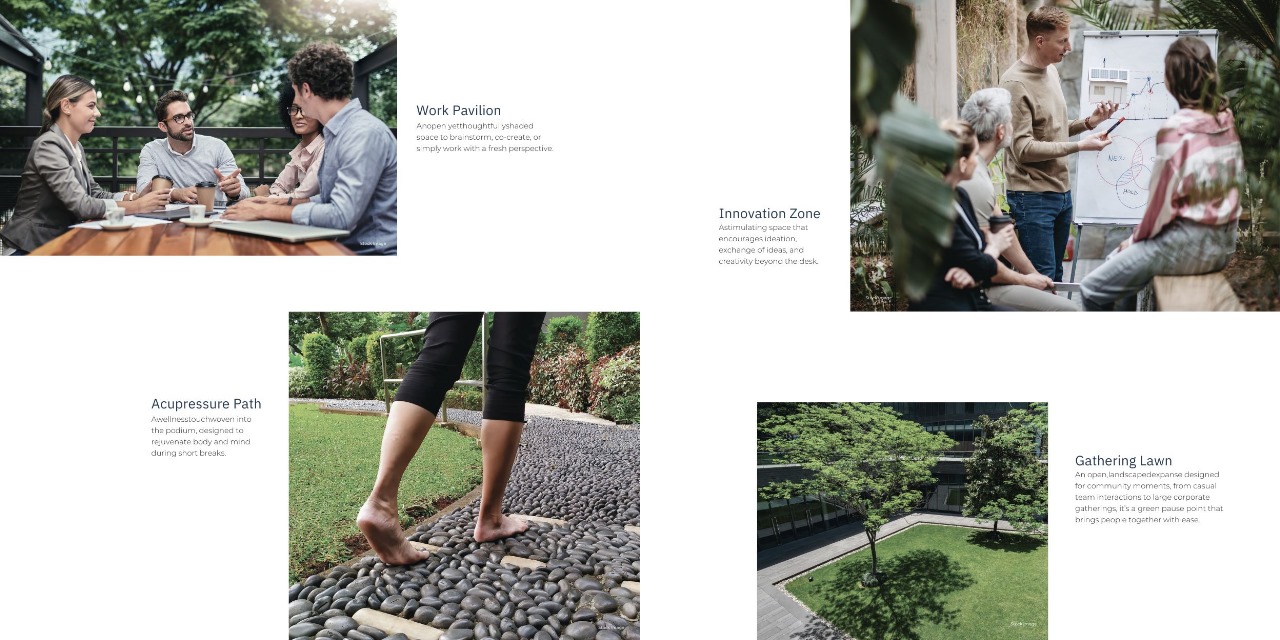
The Rise & Reinvention of Real Estate Investment: A 2025 Story
October 16, 2025

The Rise & Reinvention of Real Estate Investment: A 2025 Story
Real estate investment in India has transformed significantly in recent years. What was earlier a domain dominated by metro cities and raw land speculation is now a multi-segment, infrastructure-led, data-driven landscape. Below are the major shifts, with a special look at Tier-2 cities where growth is especially strong.
Key Shifts in Real Estate Investment
1. Greater Institutional & PE Infusions
- In 2024, private equity investment in Indian real estate rose to US$4.3 billion, a 10% increase year-on-year.
- The industrial & logistics segment has become a favorite for PE inflows, accounting for over half of total investments.
- Overall equity investment from Jan-Sep 2024 touched around US$8.9 billion, marking the highest levels since 2018.
2. Tier-2 Cities Becoming Investment Powerhouses
- Housing sales in the top 15 Tier-2 cities grew by about 4% in unit volume in 2024, but value surged by ~20%, reflecting rising prices.
- Q1 2025 saw a 6% growth in residential property value in these cities, even though the number of units sold dropped by ~8%.
- Cities like Lucknow, Bhopal, Vadodara, Coimbatore and Nashik are among high performers in value growth. Lucknow, for example, saw ~48% jump in value in Q1 2025.
3. Appreciation Outpacing Metros in Some Cases
- Average capital appreciation in Tier-2 cities is now approximately 17.6% YoY, surpassing many metro areas.
- Specific cities: Lucknow (~23-24%), Kanpur (~19-20%), Coimbatore (~46% in some reports), etc.
4. Demand Shifts: Quality, Luxury, Connectivity
- Demand is less about “just owning property” and more about amenities, infrastructure, connectivity and lifestyle. Tier-2 cities that are developing better roads, airports, metro or airport links see greater interest.
- Premium and luxury segments (even in smaller cities) are doing well, pushing up average price per sq ft and driving up the value of transactions
What’s Fueling This Change?
| Driver | Description |
| Affordable Alternatives to Metros | With metro real estate prices very high, buyers are finding better value in Tier-2 cities – especially mid-income families, NRIs, people relocating for work. |
| Regulatory & Investor Confidence | Stronger regulatory frameworks (RERA etc.), more transparency, better project delivery has increased trust. Investors are now more willing to deploy capital in real estate as an asset class. (PE investment growth etc. |
| Changing Lifestyles & Remote Work | The pandemic accelerated remote/hybrid work, making people less tied to metro-centric living. Quality of life, space, lower cost of living are pulling people to smaller cities. |
| Infrastructure & Connectivity | New highways, airport expansions, better public transport are making Tier-2 cities more accessible and livable. Many people are willing to cross‐commute or relocate because travel time/cost improves. |
Challenges That Investors Must Watch
- Even in Tier-2 cities, supply constraints, delays in approvals, or uneven infrastructure can dampen returns.
- Rising costs of raw materials, labour, inflation affect project costs and profit margins.
- Regulatory risk: delays or lack of clarity in enforcement (e.g. RERA) can hurt homebuyers and investors alike.
- Macro-economic factors like interest rates, inflation, and liquidity environment can affect demand and pricing.
Where to Look: Hot Ticket Tier-2 Cities (2025)
Here are some cities that are showing strong promise:
- Lucknow – high YoY value growth, strong infrastructure developments.
- Coimbatore – surging capital appreciation, attracting both local and NRI investors.
- Vadodara, Bhopal, Kanpur – good mix of affordability, infrastructure, and rising demand.
- Surat and Ahmedabad – Western India’s Tier-2s still strong in housing sales and premium segment growth.
Conclusion
The real estate investment landscape in India in 2025 is far from static. The biggest stories are happening in Tier-2 cities, where price appreciation, increasing demand, and expanding infrastructure are reshaping what “good investment” means. Metros still have a role—especially for premium/Luxury and commercial real estate—but value is shifting. For investors who combine patience, due diligence, and a long-term view, the recent changes offer exciting opportunities.


